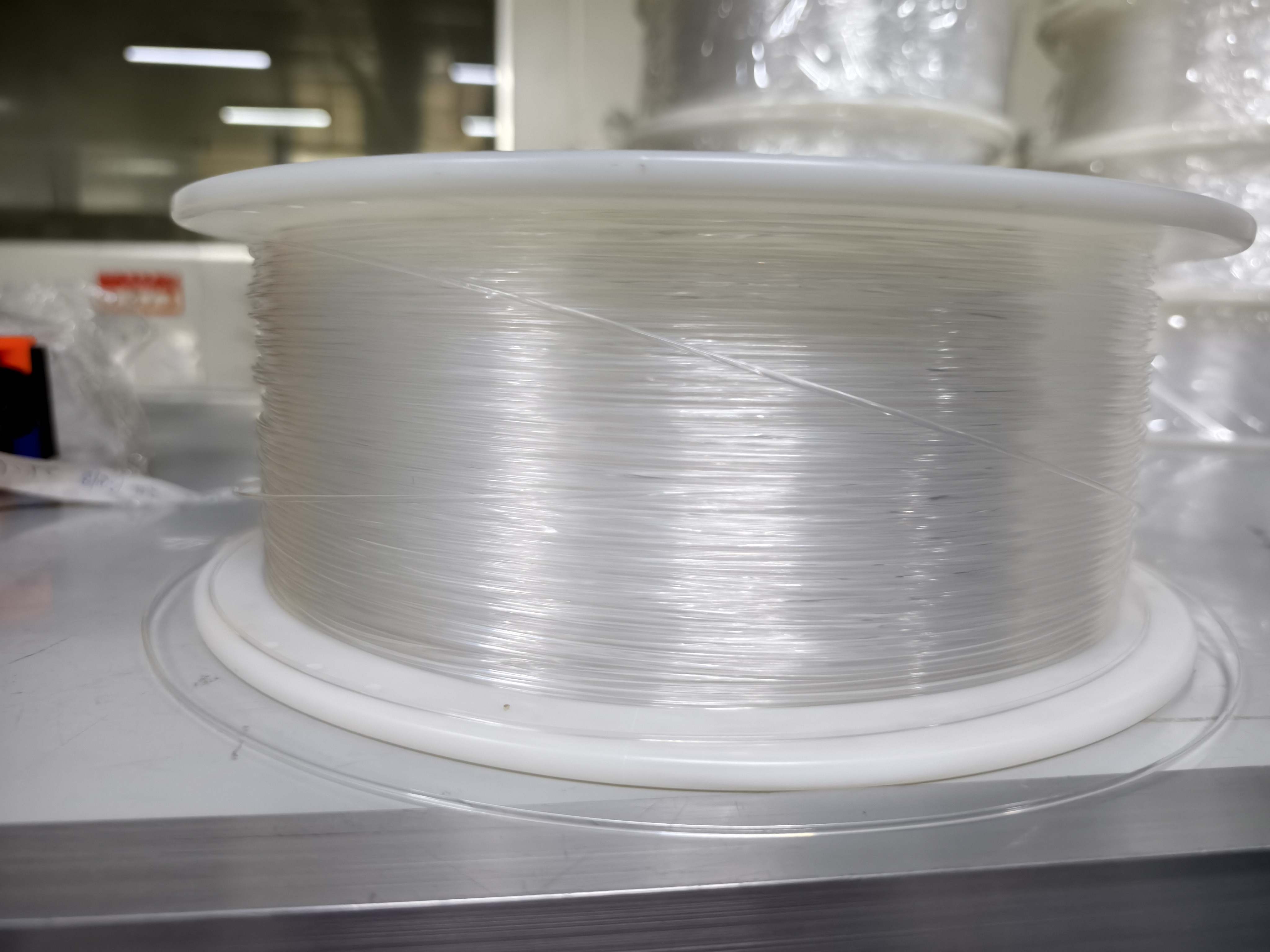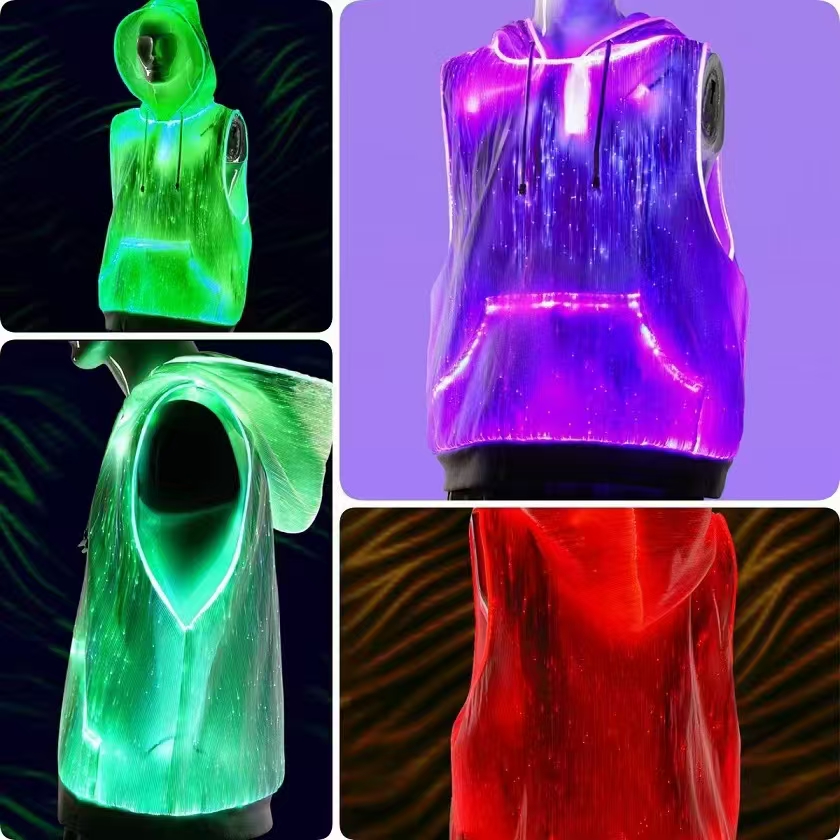Plastic Fiber vs. Glass Fiber
How to chose the plastic fiber or glass fiber for data transmission, the following factors you should consider.
1. Cost & Installation
– Plastic Fiber: Low-cost material and simpler manufacturing. Its flexibility reduces installation labor—no need for specialized tools. Ideal for budget-sensitive, short-range projects.
– Glass Fiber: Higher material and production costs. Rigid and fragile, requiring careful handling (e.g., avoiding bends) and professional installation.
2. Performance
– Plastic Fiber: Limited bandwidth (up to ~1 Gbps) and short transmission distance (max ~1 km). Suffers from higher signal loss (attenuation), making it unsuitable for long-haul use.
– Glass Fiber: Exceptional bandwidth (10+ Gbps) and long reach (tens of km). Minimal signal loss, enabling high-speed, long-distance data transfer (e.g., internet backbones).

runfunc: 0; algolist: 0;
multi-frame: 1;
brp_mask:0;
brp_del_th:0.0000,0.0000;
brp_del_sen:0.0000,0.0000;
motionR: 0;
delta:null;
module: photo;hw-remosaic: false;touch: (-1.0, -1.0);sceneMode: 13107200;cct_value: 0;AI_Scene: (-1, -1);aec_lux: 331.0;aec_lux_index: 0;albedo: ;confidence: ;motionLevel: -1;weatherinfo: weather??, icon:2, weatherInfo:103;temperature: 30;
3. Durability & Environment
– Plastic Fiber: Highly flexible and impact-resistant—can withstand bending and minor shocks. Performs poorly in high temps (>85°C) and is prone to UV degradation.
– Glass Fiber: Brittle and shatters easily, but resistant to high temps (up to 150°C) and UV. Chemically stable, making it reliable for harsh environments (e.g., industrial sites).
4. Typical Uses
– Plastic Fiber: Short-range, low-speed scenarios—home networks, car infotainment, or indoor IoT devices.
– Glass Fiber: Long-haul, high-performance needs—telecom backbones, data centers, and outdoor infrastructure.
So choose plastic fiber for cheap, simple, short-range setups. But for glass fiber when speed, distance, or durability is non-negotiable.



